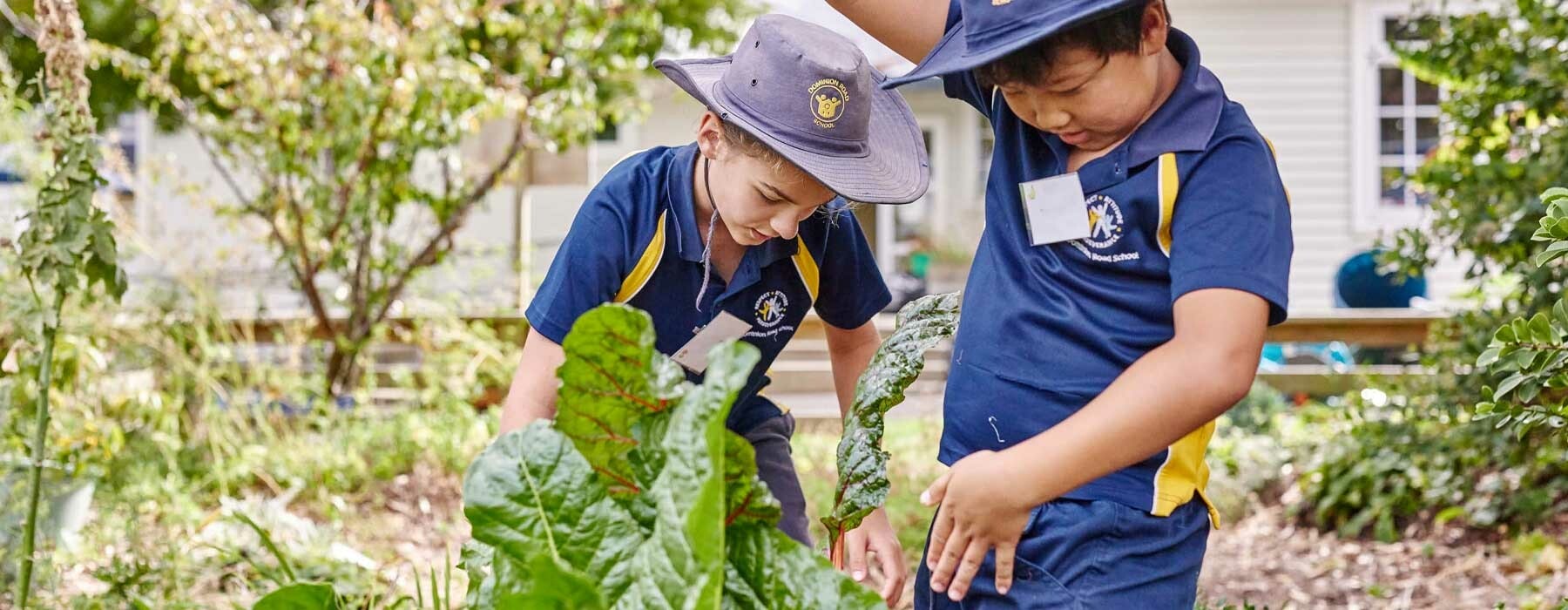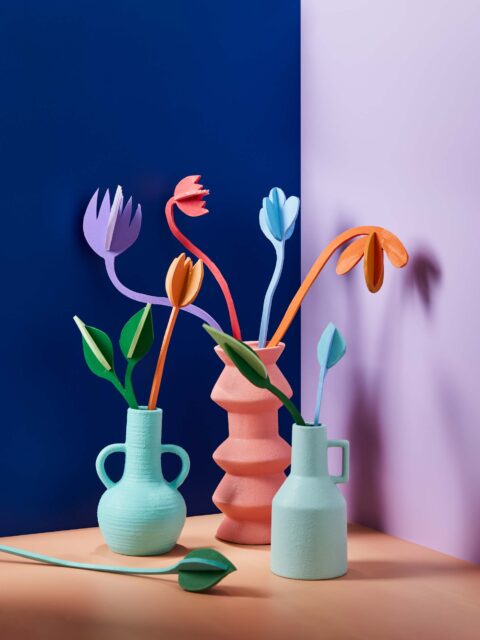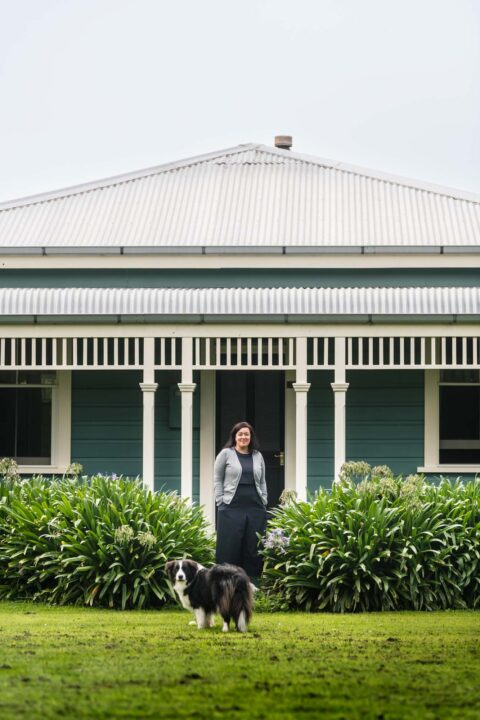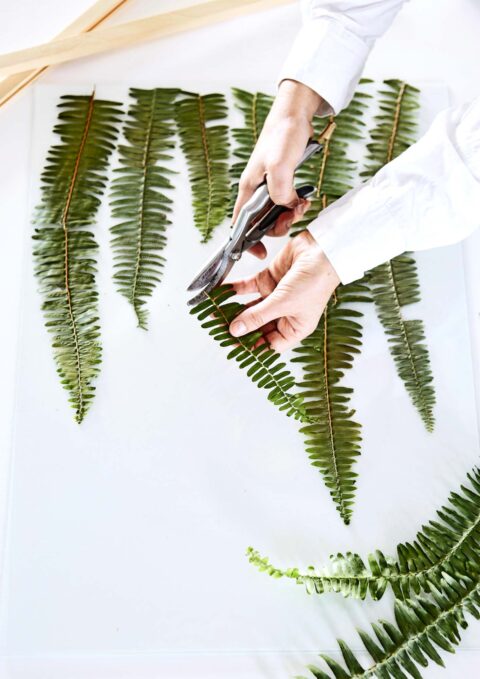Thrive editor Niki Bezzant is an ambassador for Garden to Table, and says the school-based programme helps tamariki pick up gardening skills, learn to cook, and develop a taste for all kinds of nutritious fruit and veges they’ve grown themselves.
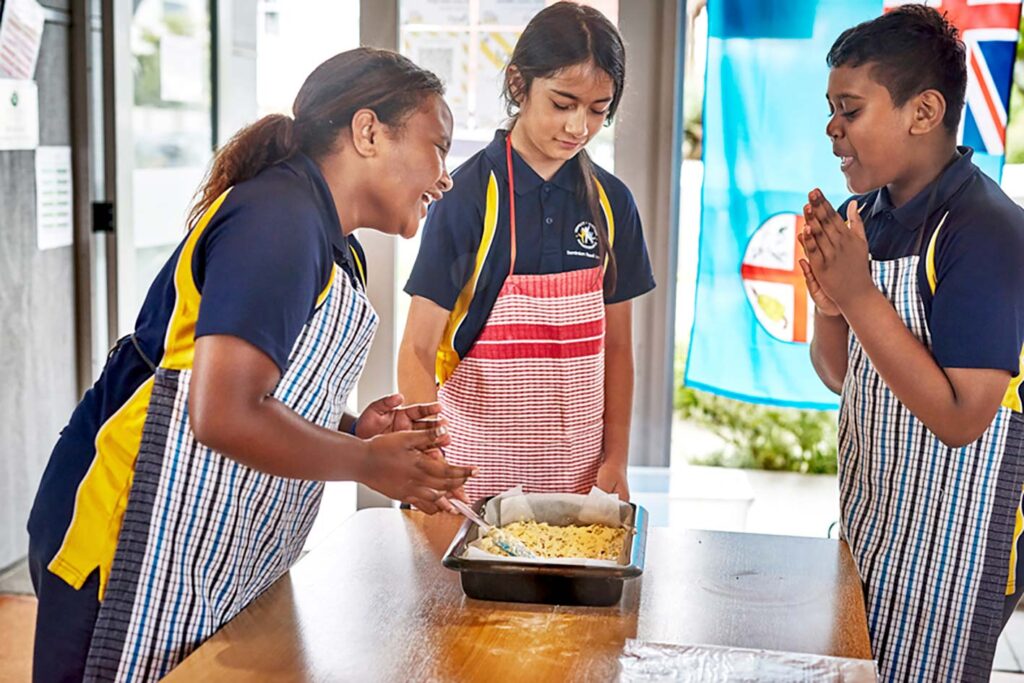
Garden to Table’s kaupapa is to empower tamariki to grow, harvest, prepare and share food. It’s all about connecting kids with where their food comes from, and along the way there’s lots of learning. In Garden to Table classes, half the kids work in the garden – planting, weeding, composting and harvesting vegetables and fruit. The other half are in the kitchen cooking the bounty. At the end, they come together to share their experiences, then sit down to eat the meal they’ve collectively created. It’s a simple formula. But beneath the surface there’s a lot of learning going on. There’s maths and science. Why and how do we dilute that worm fertiliser? Why does steam happen when we add liquid to a pan? There’s language. What do you call someone who’s an expert in mushrooms? What’s another name for coriander?
There’s problem solving, teamwork and sharing. And there’s the subtle lessons that are learned unconsciously – where food comes from, how it gets from the garden to the plate, and that plant foods are not only nutritious but also completely delicious. I’ve visited lots of Garden to Table classes as an ambassador for the organisation. I’ve watched kids harvest silverbeet, herbs and salad from the garden, and make silverbeet potsticker dumplings and a “salad of the imagination”. I have never seen kids eat silverbeet and salad so fast or with such gusto. It goes to show that when they’re involved with their food, kids are much more likely to eat it. in the kitchen is directly impacted by what’s happening in the garden. Keeping an open dialogue about what’s coming out of the garden and what we can do with it in the kitchen is key.”
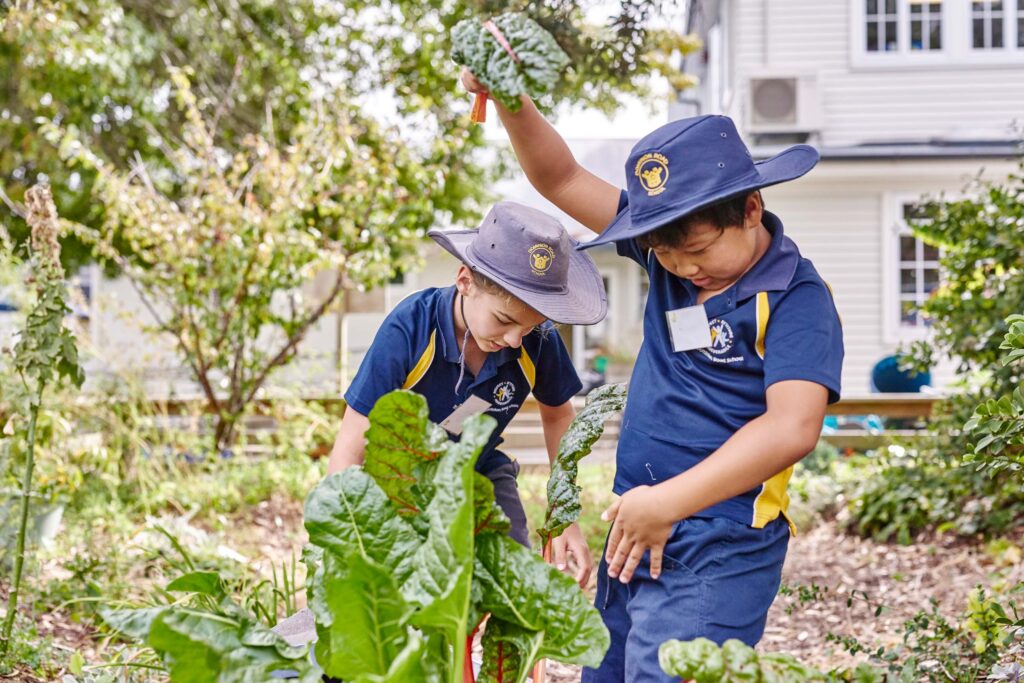
For Maria, ensuring the menu is harvest-led is vital. “I think about what foods work with each other, what tastes good, what’s in the garden. Because our menu is harvest-led, I often look back on planning from this time last year. Then, I’ll plan my menu accordingly.” Whatever bounty is in season, Maria will craft a delicious recipe that honours the produce. Although she enjoys risottos, soups and curries, she’s been surprised by the number of menus she’s created using “humble greens” such as silverbeet, spinach and kale.
Seeing learning come to life in the kitchen as meals are prepared, cooked and eventually enjoyed is one of the things she loves most about Garden to Table.
“Garden to Table provides real-life learning for tamariki. For example, when making pizza, you have to read and interpret the recipe, measure ingredients by weight and volume, figure out the amount of dough and how much pizza would be made. Numeracy and literacy happen organically, and tamariki soak it up.” This learning radiates far beyond the school gates – and Maria knows this better than anyone. “There’s a ripple effect that spreads through whānau and community – everyone can get involved with the incredible learning of Garden to Table. I also always encourage my tamariki to share their learning at home – to have kōrero with their whānau about what they’re doing at Garden to Table.”
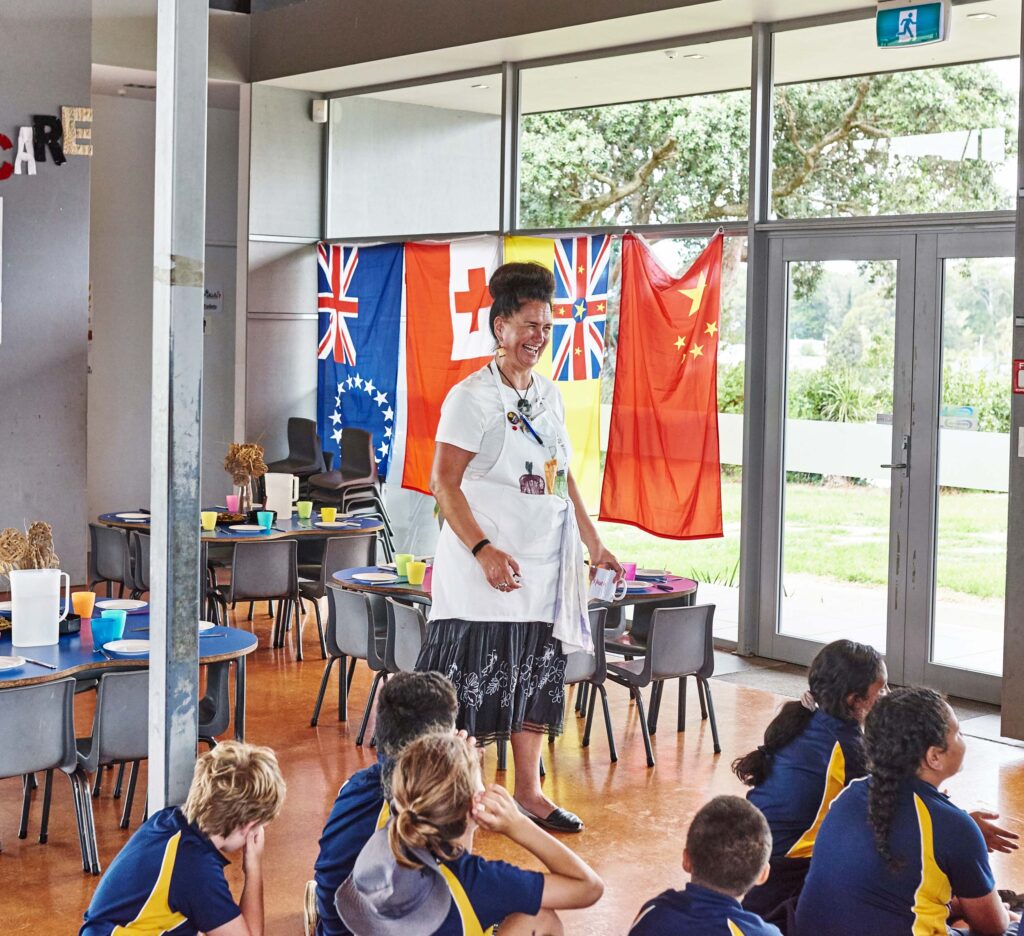
The impact of this inspires Maria daily. “The child that comes to us in Year 3 [when Dominion Road students start the programme] may be reluctant to try things. They leave at the end of Year 6 confident. They’ll try new things, identify kai, share learning at home, cook at home and they come back and tell me about that.”
Because these lessons stick with children throughout the education system and into adulthood, tamariki are equipped for life, Maria explains. She’d like to see the programme in every primary school in Aotearoa. “You only need to see the Garden to Table programme in action to see how valuable it is for our tamariki. We will change generations.”

